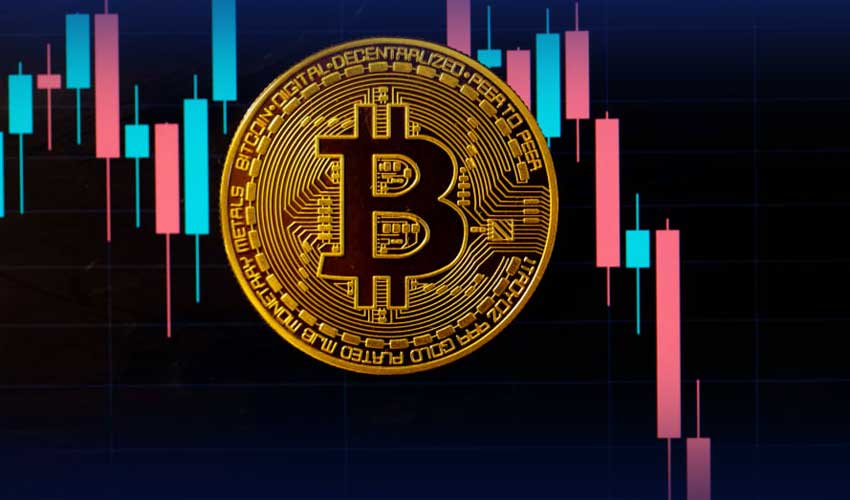One of the most proudly stated features of Bitcoin is its maximum supply of 21 million. The reasoning goes that this property makes it similar to limited resources such as gold: but what happens when all 21 million Bitcoin are mined?
Bitcoin mining: A quick recap
Before we dive into the future of Bitcoin mining, let's do a quick recap of how it works. New Bitcoin enters circulation via a process known as mining. This involves users operating powerful computers to solve cryptographic puzzles in order to add blocks of transactions onto the blockchain. In return, they earn block rewards for their efforts.
When Bitcoin was just created, each block added would earn miners 50 Bitcoin. However, after every 210,000 blocks or roughly every 4 years, a 'Bitcoin halving' occurs which slashes rewards by half. So far, there have been 3 halving, and each block added now earns miners 6.25 Bitcoin. The next halving is set for some time in April 2024, where the block reward will further drop to 3.125 Bitcoin.
Now that we understand how Bitcoin mining works, let's explore what will happen when the 21 million Bitcoin limits are reached.
Transitioning from block rewards to transaction fees
You can probably see where this goes: eventually, the block reward will drop to zero as the 21 million Bitcoin limits is reached. So, what's left to incentivize miners to stay?
Unlike gold, which could still continue to be traded without miners, Bitcoin miners are essential as they are the ones who validate transactions and secure the network. This is where transaction fees come in. Aside from just the block reward, miners also receive all the fees from transactions included in a block, paid by the sender.
The idea is that when block rewards eventually run out, ideally adoption of Bitcoin is wide enough or its price is high enough that fees become a big enough reward for miners to continue to mine blocks. However, some have questioned the viability for fees alone to act as a sufficient incentive for miners to stay, as fees have historically only made up a small percentage of total miner revenue.
Recent developments with Bitcoin Ordinals have led to skyrocketing fees in the midst of a bear market. This is definitely a boon for miners, but it remains to be seen if this will be sustained into the indefinite future.
Read more: Robert Kiyosaki foresees Bitcoin surge to $100k by September
Alternative income sources for miners
While transaction fees may be the primary income source for miners in the future, there are also alternative income sources that could support their operations.
One potential income source could be via participation in demand response programs. These incentive programs involve large users of electricity, such as Bitcoin miners, getting paid for voluntarily pausing operations in order to balance out load on the electrical grid.
In regions where renewable energy capacity is expanding, such as Texas with its growing wind and solar energy, miners have already earned up to 10% of their revenue via these programs. It is likely that these programs will become more common as renewable energy capacity continues to expand.
In addition, there will likely be miners with access to cheap or free electricity that can afford to keep mining even with decreased revenues. This could be a result of partnerships with renewable energy providers or other favorable agreements.
Last but not least, there is also the self-interest of Bitcoin holders that we can count on to keep the network functioning. As Bitcoin gains more mainstream acceptance, major investment funds may hold Bitcoin in their portfolios, or even countries may adopt it as a reserve currency. If and when that happens, there will be powerful and economically invested parties that will be motivated to keep the Bitcoin network secure by setting up mining operations if needed.
The future of Bitcoin mining
While the transition from block rewards to transaction fees may pose some challenges for miners, there are several factors that suggest the Bitcoin network will continue to run smoothly even after all 21 million Bitcoins are mined.
The rise of Bitcoin Ordinals and the potential for sustained high fees provide a temporary boost to miner revenue. Additionally, alternative income sources such as participation in demand response programs and access to cheap or free electricity can help offset decreased revenues.
Furthermore, the self-interest of Bitcoin holders, potential involvement of major investment funds, and adoption by countries as a reserve currency all contribute to the long-term stability and security of the Bitcoin network.
While the future of Bitcoin mining may rely more on transaction fees than block rewards, the underlying incentives and mechanisms in place propose that the network will continue to thrive. As technology advances and the cryptocurrency landscape evolves, miners will adapt their strategies to ensure the ongoing success of the Bitcoin ecosystem.



























